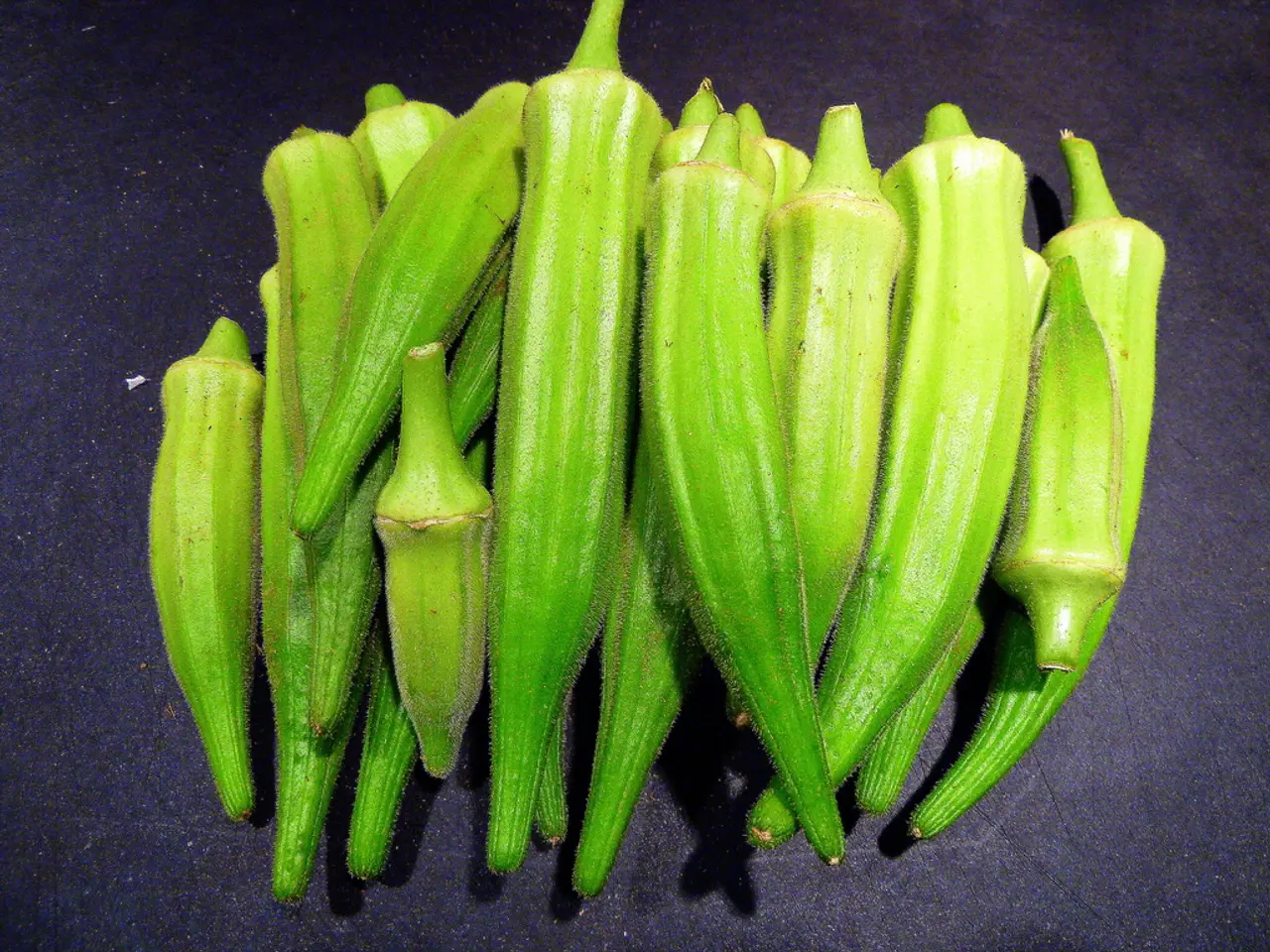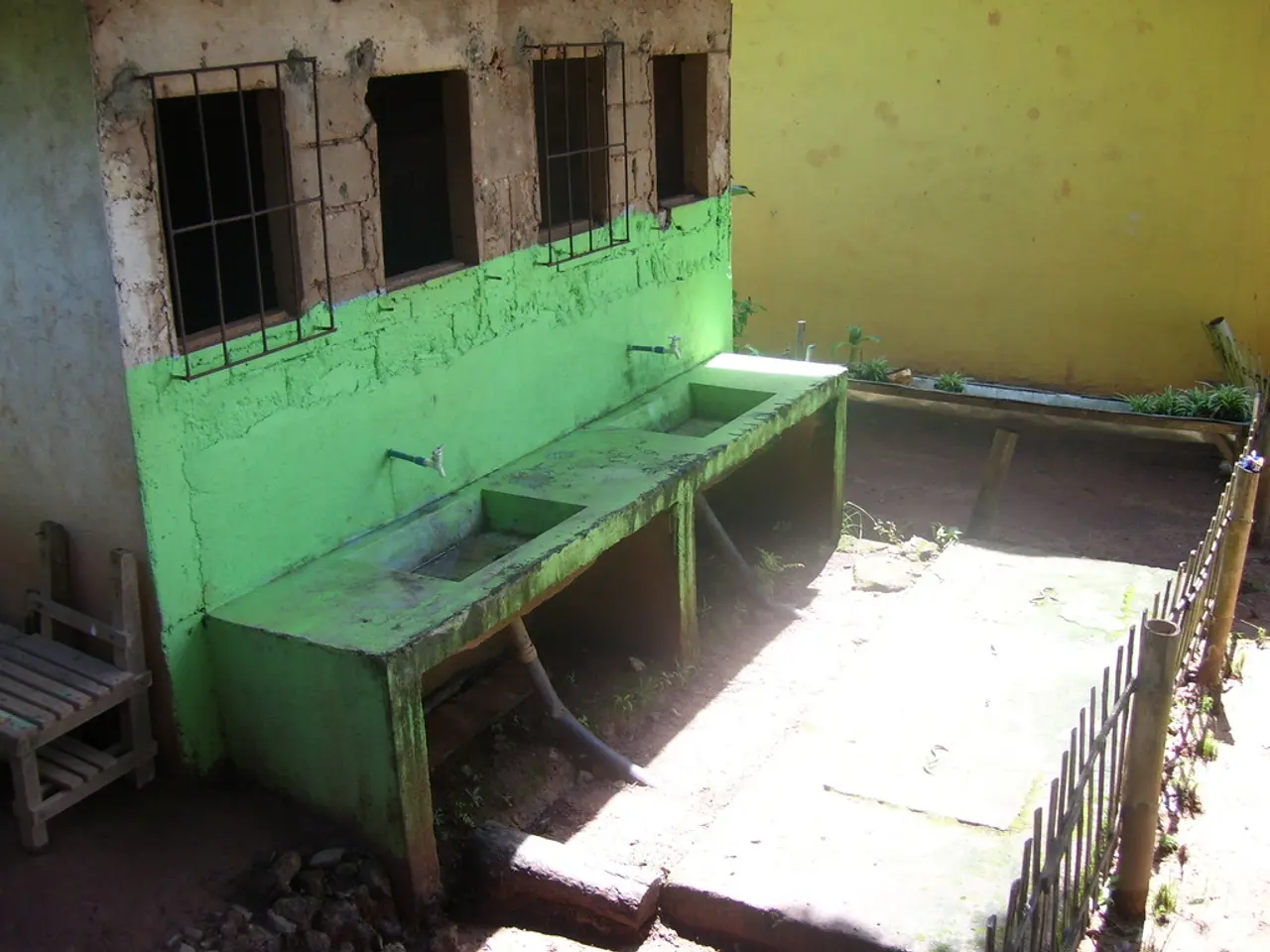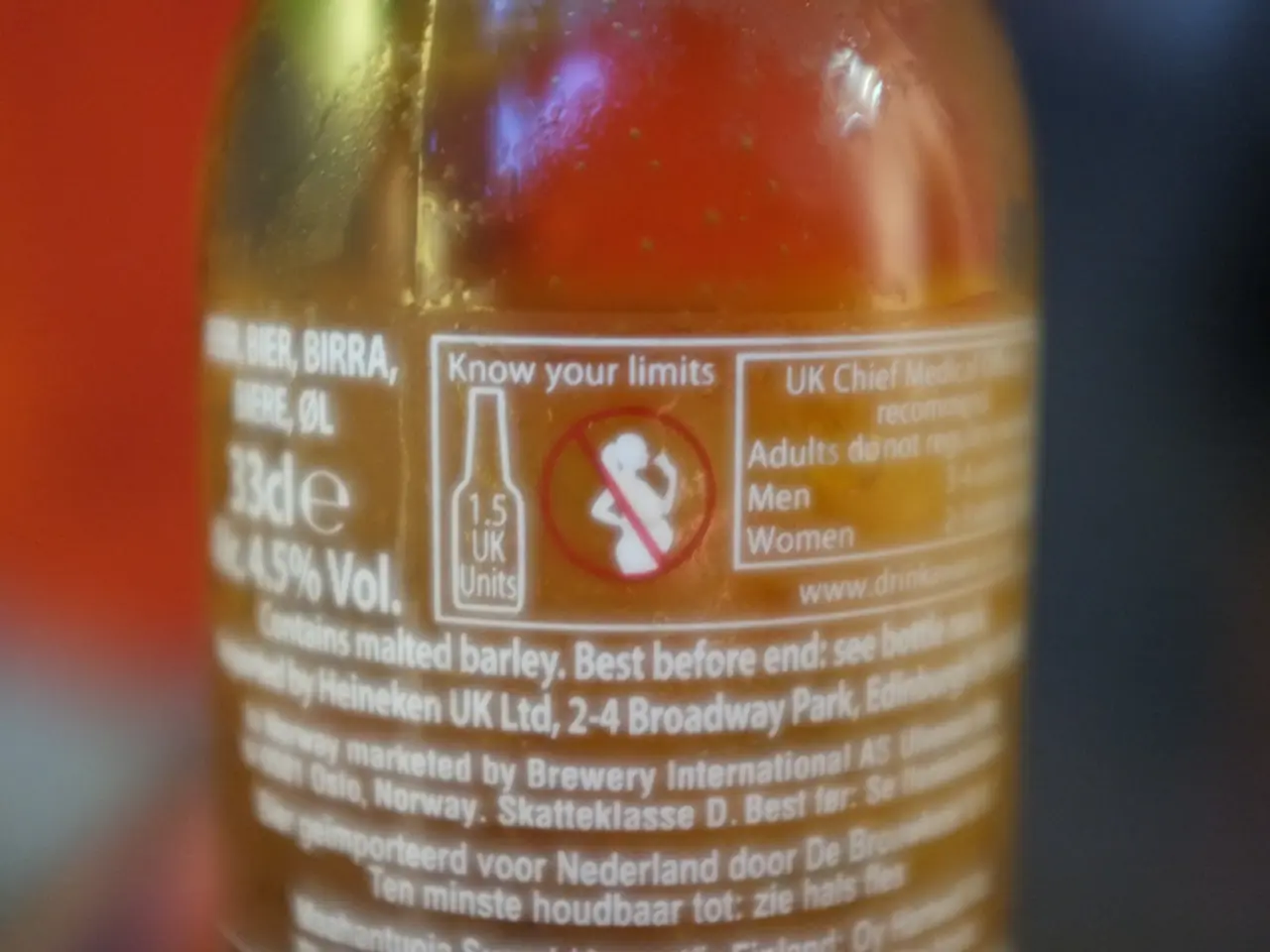When to puncture a blister, safe techniques, and advice for doing so effectively
Blisters, fluid-filled sacs that develop on the skin due to various causes, are a common occurrence for many people. While they often heal on their own within a week or two, there are instances when draining a blister may be advisable for pain relief and to prevent uncontrolled rupture.
Typically, cold sore blisters appear close to the mouth, often on or next to the lips. These blisters are caused by viral infections, such as those caused by the varicella-zoster virus or the herpes simplex virus. It is important to avoid popping, scratching, or touching cold sore blisters as this can spread the virus to other areas of skin, causing further outbreaks.
Friction blisters, on the other hand, are caused by repeated rubbing or friction on the skin, such as during hiking or physical activity. These blisters can become painful or are at risk of rupturing on their own, making it safe and advisable to drain them in a controlled and sterile manner.
Here's a step-by-step guide on how to safely drain a blister:
1. Clean the area and your hands thoroughly with soap and water, alcohol, or an antiseptic wipe to reduce infection risk. 2. Sterilize a needle or pin by wiping it with alcohol, boiling it, or passing it through a flame until red hot, then letting it cool. 3. Pierce the blister at the edge or bottom, making a small hole to allow fluid to drain out gently without removing the blister roof (the skin flap), which protects the underlying tissue. 4. Gently press or massage the fluid out from the blister to release pressure but leave the overlying skin intact. 5. Apply an antibiotic ointment such as Neosporin or Bacitracin to reduce infection risk. 6. Protect the blister by cutting a piece of moleskin with a "donut" hole slightly larger than the blister. Place the moleskin donut around the blister so the blister sits in the hole, then cover the area with a second piece of moleskin or gauze and secure it with tape.
It is crucial to avoid ripping off the blister roof, as this increases infection risk and exposes sensitive skin beneath. Avoid draining blood blisters unless necessary, as these have higher infection risks. If the blister shows signs of infection (increased redness, warmth, pus, or severe pain), seek medical advice instead of draining yourself.
In most cases, blisters do not need treatment and will heal on their own within 1-2 weeks. However, if a blister becomes painful or is located in an area where it is likely to rupture on its own, especially in high-friction or high-stress areas such as the feet during hiking or physical activity, draining the blister in a controlled and sterile manner can help relieve tension and pain while minimizing the risk of uncontrolled rupture, infection, and delayed healing.
- When it comes to predictive science in health-and-wellness, new research is exploring the link between obesity, type 2 diabetes, and the prevalence of skin conditions such as psoriasis.
- In the realm of therapies and treatments, modern skin care offers an array of predictive products, designed to foresee potential skin issues and address them before they manifest.
- Type Aq blisters, for instance, are a specific type of blister that tends to appear in high-friction or high-stress areas, such as the feet during hiking or physical activity, and can be managed using the predictive and preventive methods outlined in our guide.
- The science of dermatology has made strides in developing predictive treatments for various skin conditions, including blisters, which can help minimize infection, inflammation, and delayed healing.
- By adhering to preventive measures and employing the appropriate therapies and treatments when necessary, individuals can take an active role in maintaining their overall health and wellness, while reducing their risk of developing complications such as psoriasis or type 2 diabetes due to obesity.




